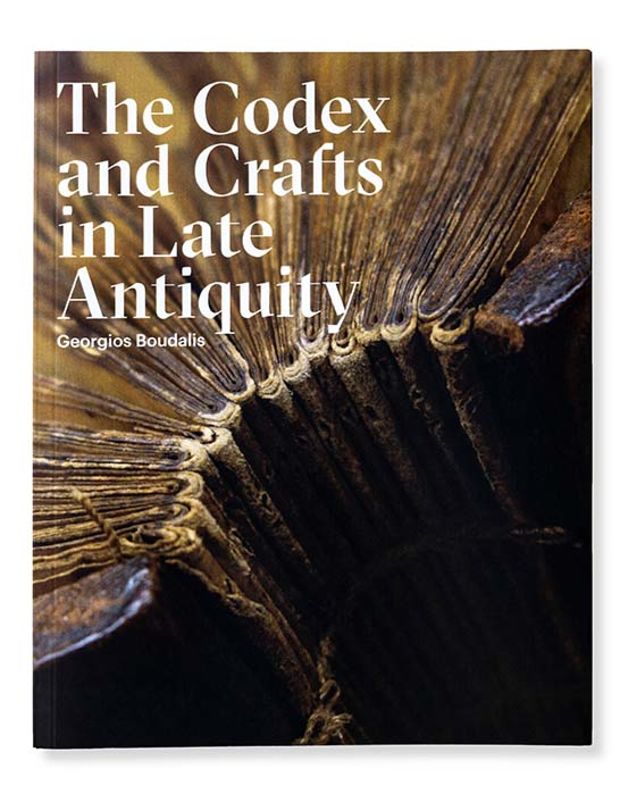Foreword
Acknowledgements
Introduction: The Innovation of the Codex in Late Antiquity
Part I: The Precursors of the Multigathering Codex
Chapter 1: The Wooden Tablet Codex
Chapter 2: The Single-Gathering Codex
Part II: The Multigathering Codex
Chapter 3: The Multigathering Codex: Introduction
Chapter 4: The Sewing of the Gatherings
Chapter 5: The Boards and Their Attachments
Chapter 6: The Spine Lining
Chapter 7: The Endbands
Chapter 8: The Cover and Its Decoration
Chapter 9: The Fastenings
Chapter 10: The Bookmarks and Board Corner Straps
Conclusion
Checklist of Objects in the Exhibition
Bibliography
Index


